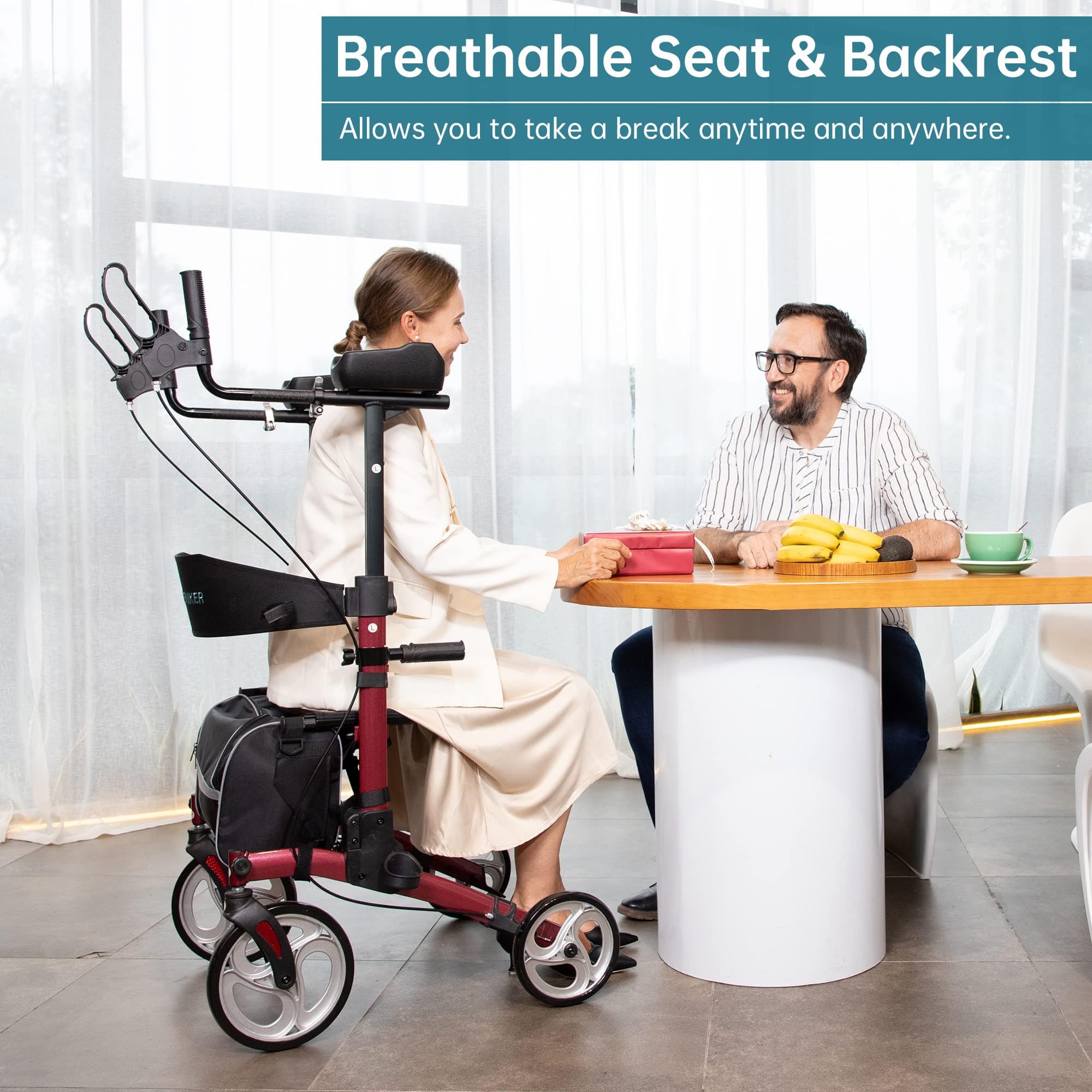Living with multiple sclerosis (MS) can be challenging, especially as it affects movement, coordination, and balance. MS is an unpredictable disease that can lead to a variety of symptoms like muscle weakness, fatigue, and impaired coordination. The good news? There are many mobility aids out there that can help improve the quality of life for those with MS.
The key to choosing the right mobility aids is understanding how MS affects a person’s body and finding tools that match their unique needs. Whether it’s getting around the house, maintaining independence, or staying active, the right aids can make a huge difference.
Why Mobility Aids Matter for MS?
MS affects everyone differently, but one of the most common challenges is dealing with weakness, balance issues, or fatigue. As a result, some people with MS may need assistance walking, standing, or even moving around in their daily lives.
Mobility aids help reduce the risk of falls, provide support during walking, and make daily tasks easier. The goal is to help people with MS stay independent while remaining safe and comfortable.
Top Mobility Aids for People with MS
Here are some of the best mobility aids that can help individuals with multiple sclerosis live more comfortably and safely:
1. Canes and Walking Sticks
A cane is one of the simplest yet most effective aids for people with MS who need a little extra support when walking. Canes are lightweight and portable, and they can help improve balance and stability when walking short distances.
Look for canes with adjustable heights, ergonomic handles, and non-slip tips to prevent falls. There are even quad canes (with four feet) for extra stability if balance is a bigger issue.
2. Walkers and Rollators
For those who need more stability than a cane can provide, walkers or rollators (walkers with wheels) are excellent options. A rollator walker with a seat is especially useful for people with MS who need to take breaks often. These walkers allow users to sit down and rest if they get fatigued.
Rollators typically come with hand brakes, a built-in seat, and a basket for carrying personal items. They’re more versatile and easier to maneuver than standard walkers.
3. Wheelchairs (Manual or Powered)
For individuals with severe mobility issues or those who experience significant fatigue, a wheelchair might be necessary. Wheelchairs can be either manual (where the user pushes themselves) or powered (battery-operated, which helps with movement).
For people with MS who have limited strength or endurance, an electric wheelchair can help them maintain their independence without exhausting themselves.
4. Scooters
Mobility scooters are another great option for people with MS, especially for those who have trouble walking long distances or feel fatigued easily. Scooters are ideal for outdoor activities and can help individuals get around malls, parks, and other large spaces without straining themselves.
There are various types of scooters, from smaller, portable models to larger, more robust ones for outdoor use. A scooter can really expand someone’s ability to stay active and engaged.
5. Knee Scooters
If MS has caused significant issues with leg mobility, a knee scooter (also known as a knee walker) might be a good option. These are great for people who have difficulty walking but still need to be mobile in their daily routine. You place your knee on a cushioned pad while using your foot to push the scooter forward.
This mobility aid is especially helpful for people with MS who have muscle weakness or balance problems in their legs.
6. Standing Aids and Transfer Devices
Some people with MS may experience muscle weakness or joint stiffness that makes it hard to stand up or sit down. Standing aids and transfer devices can provide that extra support. These tools help individuals get from a seated position to standing, making the transition easier and reducing the risk of falls.
Some common devices include transfer benches (for moving between a bed and a chair) or transfer boards (for getting from a wheelchair to another surface).
7. Foot Drop Aids
A common symptom of MS is foot drop, which makes it difficult to lift the foot while walking. This condition can make walking hazardous and lead to tripping. There are foot drop aids designed to help lift the foot and improve walking.
These can range from simple ankle foot orthoses (AFOs) to electrical stimulation devices that stimulate the nerves in the leg to help with foot movement.
8. Adapted Footwear
Footwear plays a big role in mobility. For people with MS, shoes should be well-fitted, supportive, and easy to wear. Many individuals with MS experience muscle weakness or spasticity in their legs, so shoes that offer extra arch support, non-slip soles, and easy fastening (like Velcro) are ideal.
Some people may also benefit from custom-made shoes or insoles that provide additional support.
Managing multiple sclerosis can be tough, but the right mobility aids can really improve a person’s quality of life. Whether it’s a simple cane for extra balance, a rollator walker for stability and comfort, or a wheelchair for full-time use, there are plenty of tools to help maintain independence.
It’s all about finding what works best for the individual and adjusting as their needs change over time. Staying safe, comfortable, and mobile should always be the goal, and with the right aids, it’s totally possible.
